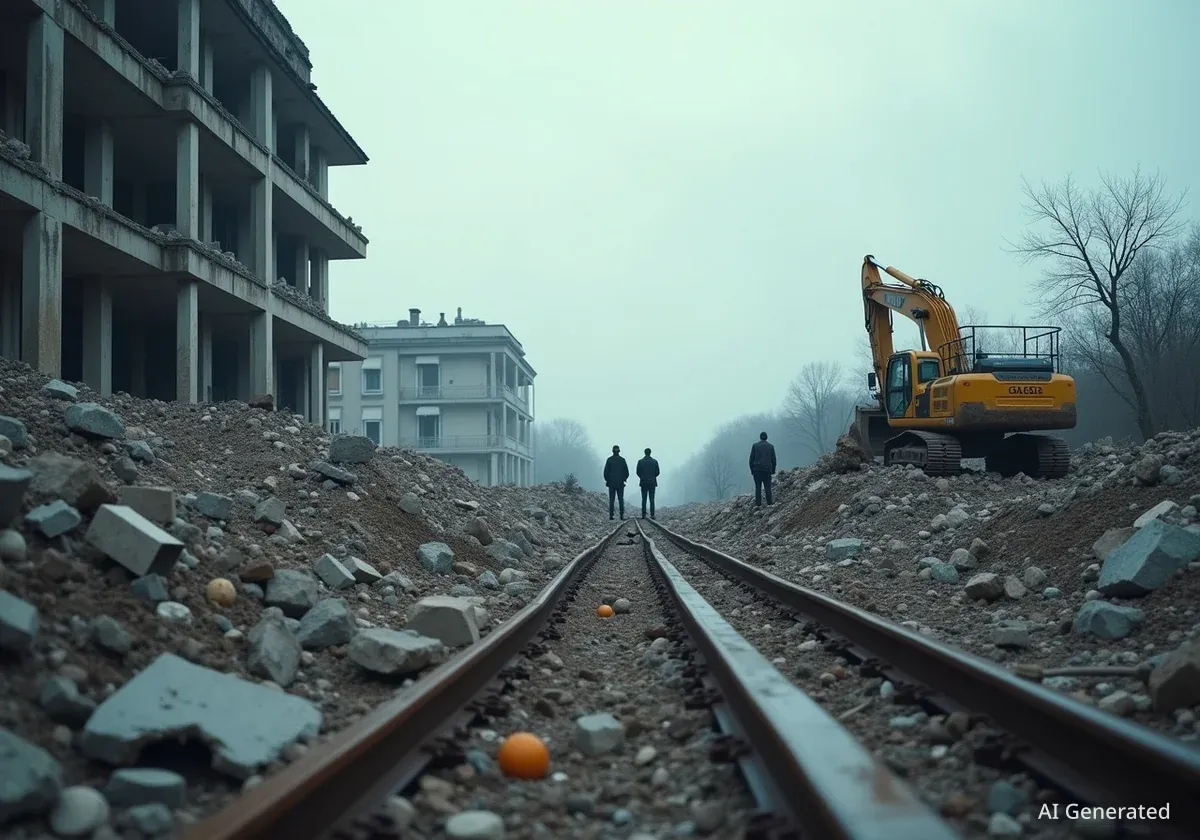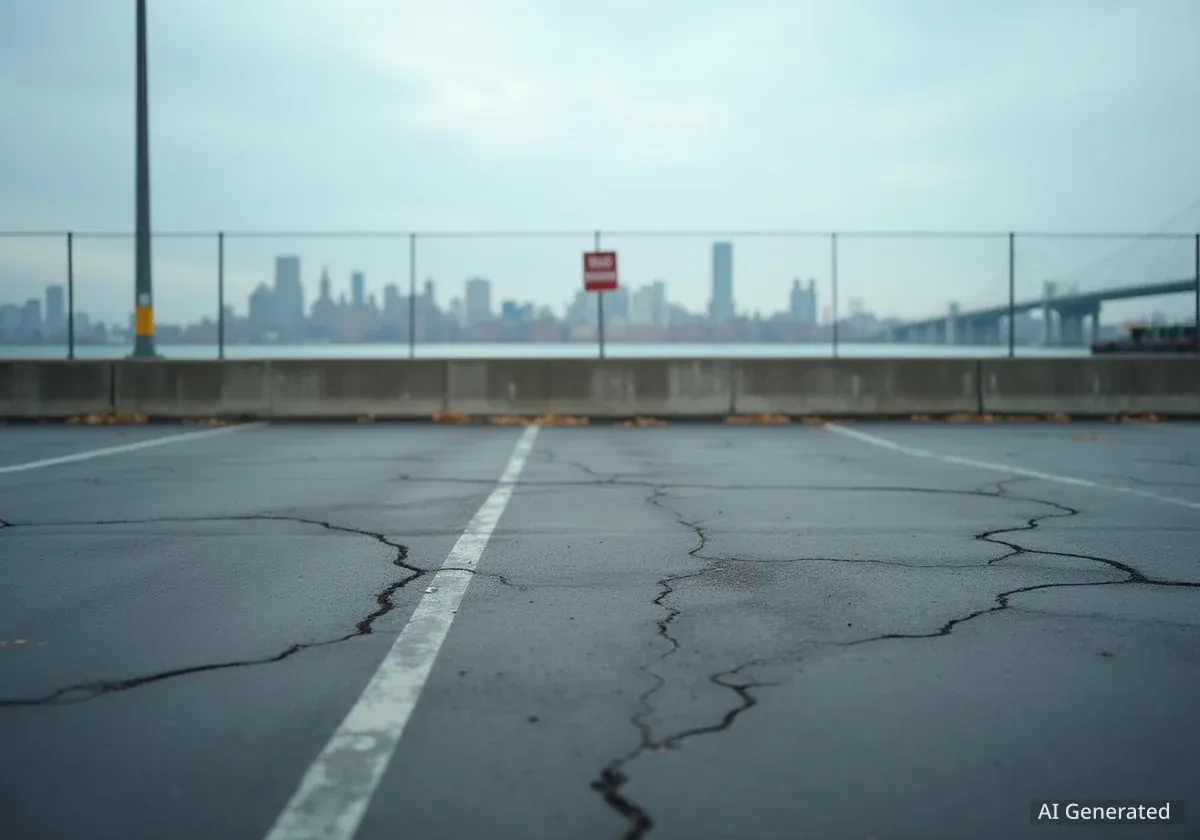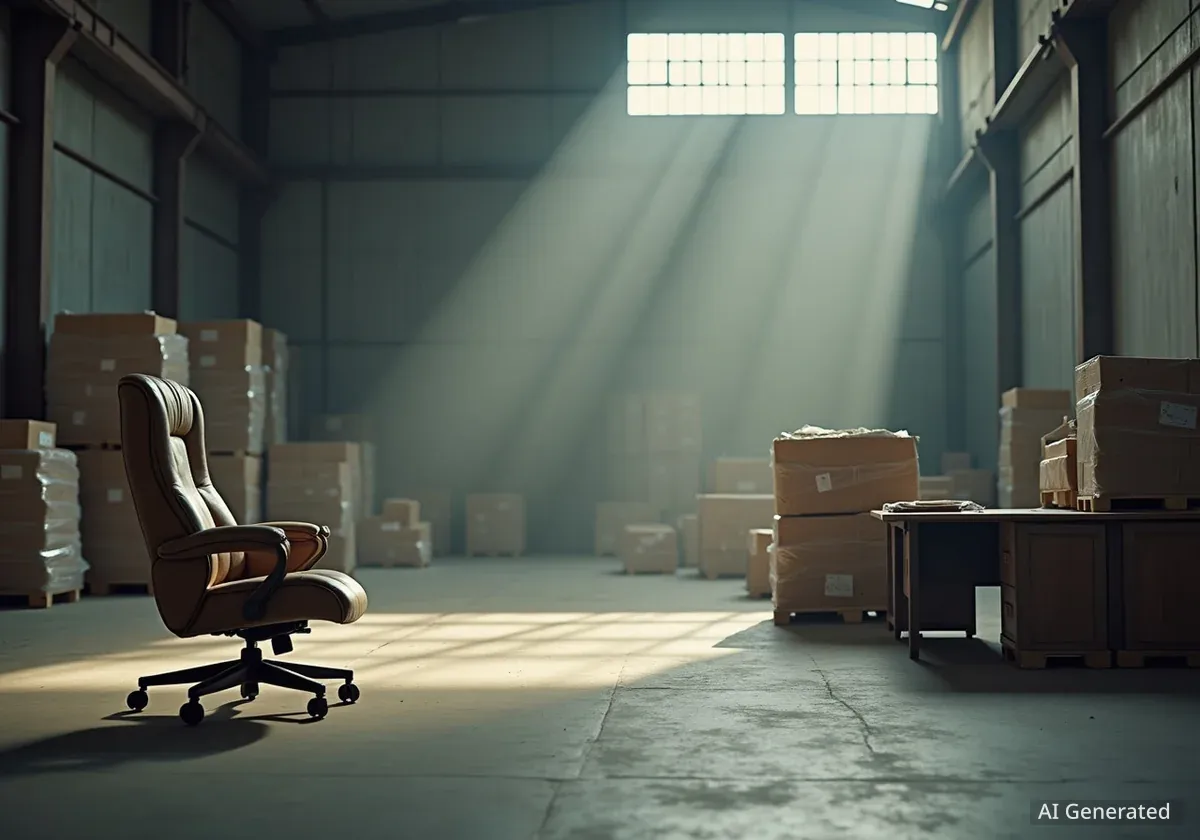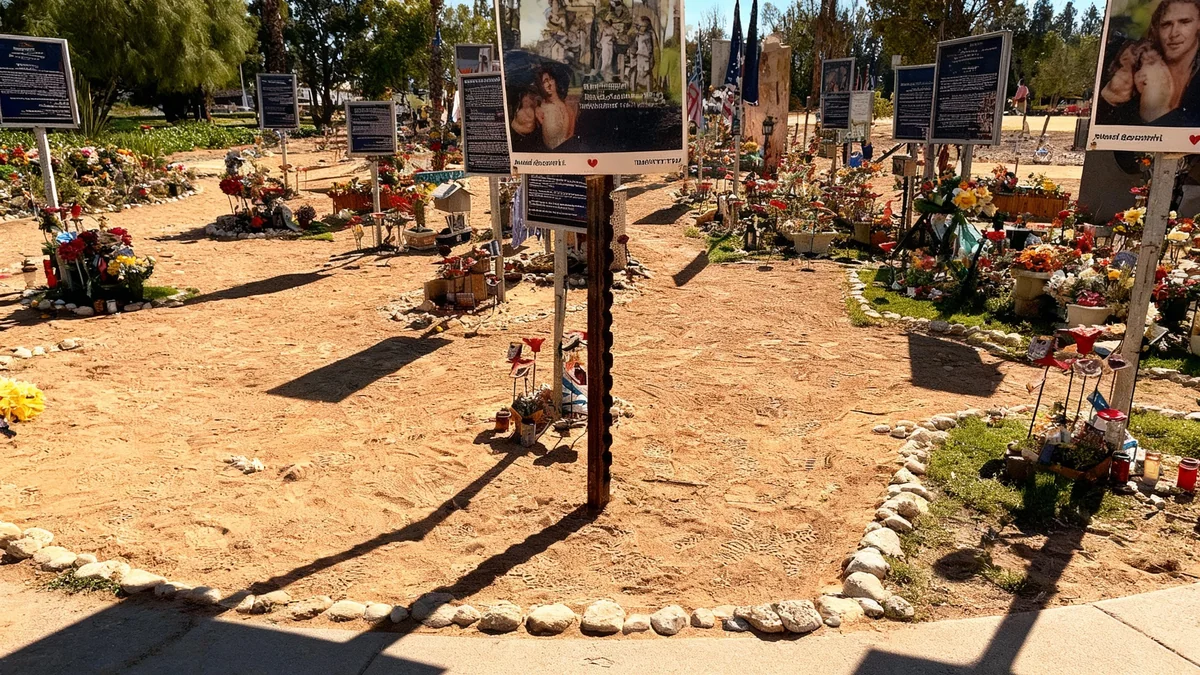The Carousel House, a pioneering recreation center in Philadelphia built specifically for people with disabilities, has been demolished after safety concerns led to its closure. Originally opened in 1987, the facility served as a vital community hub for decades, but its demolition has left a void and sparked a debate over the city's plans for a replacement.
City officials have promised a new, improved facility as part of a broader initiative to make all recreation centers more accessible. However, community members have expressed concern that this new approach, which moves away from a dedicated space, may not adequately serve the specific needs of the population the Carousel House was built for.
Key Takeaways
- The Carousel House, opened in 1987, was one of the first recreation centers in the U.S. designed exclusively for people with disabilities.
- In 2021, the building was deemed unsafe for repair and was subsequently slated for demolition.
- The city's plan is to disperse accessible programming across multiple upgraded recreation centers rather than rebuild a single, dedicated facility.
- This shift from a specialized space to a generalized "inclusive for all" model has raised concerns among former users and disability advocates.
A Groundbreaking Design for Its Time
When architect Richard Conway Meyer designed the Carousel House in the 1980s, few formal accessibility guidelines existed. The building was a forward-thinking project, incorporating features intended to create a welcoming and functional environment for people with a wide range of disabilities. Its name and circular shape were inspired by a carousel that once stood in nearby Fairmount Park, symbolizing inclusion and community.
The facility was designed with meticulous attention to detail. Circulation paths were wide and featured distinct patterns to help visitors with visual impairments navigate the space. Doors were designed to swing in both directions for easier passage, and all signage included large print and braille. Emergency call buttons were installed in every room, providing an added layer of security.
Innovative Pool Technology
One of the Carousel House's most celebrated features was its swimming pool. It was equipped with a floor that could be raised to deck level and then lowered, allowing swimmers to enter the water gradually without the need for a mechanical lift. This was a significant innovation that promoted independence and dignity.
Despite its thoughtful design, the building was not perfect. Its round structure made it difficult to furnish efficiently, and some areas lacked clear lines of sight, which could be a safety issue. Over the years, the building also suffered from poor ventilation, relying on fans and open windows for airflow. However, for the community it served, it was a cherished space.
More Than a Building: A Community Hub
For over three decades, the Carousel House was more than just a recreation center; it was a place of belonging. It hosted a wide variety of activities, including wheelchair basketball tournaments, martial arts classes, music and dance programs, and club meetings. Users planted a community garden and painted murals, making the space their own.
The existence of such a place was a powerful statement in a world that had long excluded disabled individuals from public life. Historically, cities were designed with the assumption of able-bodiedness. Simple features like curb cuts, which benefit everyone from wheelchair users to parents with strollers, were not common until after 1945.
The Fight for Spatial Access
The creation of spaces like the Carousel House was part of a broader disability rights movement. For much of history, policy and social stigma reinforced exclusion. Some cities even had "ugly laws" into the 1970s, which prohibited people with visible disabilities from appearing in public. Activists fought for basic access to public buildings, transportation, and education, leading to landmark legislation like the Americans with Disabilities Act of 1990.
Dedicated spaces became crucial sites for organizing, peer support, and cultural development. Centers for Independent Living, pioneered by activists like Ed Roberts at the University of California, Berkeley, provided resources and advocated for self-determination. The Carousel House embodied this spirit at a local level, offering a safe and empowering environment for recreation and social connection.
Closure, Demolition, and an Uncertain Future
The Carousel House closed its doors due to safety issues that emerged during the COVID-19 pandemic. In 2021, a city inspection concluded that the aging structure was unsuitable for repair, and the decision was made to demolish it. This news prompted protests from the community, who demanded a direct replacement.
"While imperfect... it was a place of belonging," noted Deanna Hagman, a researcher who studied the building before its closure. This sentiment reflects the deep connection users had to the facility.
In response, city officials, through the Rebuild Initiative, pledged to construct a new, superior facility. However, the plan that emerged was different from what many community members expected. Instead of a new, dedicated center, the city proposed a model of dispersing accessible programs among various existing recreation facilities across Philadelphia as they undergo upgrades.
The "Inclusive for All" Debate
The city's new strategy is framed as being "inclusive for all." The goal is to integrate accessible features and programming into the broader public infrastructure, a laudable aim in theory. However, critics argue that this generalized approach risks losing the benefits of a specialized environment.
Advocates for a dedicated space point out that the Carousel House offered more than just accessible equipment. It provided a unique social setting where users felt understood and supported by peers and staff trained to work with their specific needs. Dispersing these services, they fear, could dilute this sense of community and leave individuals feeling isolated in mainstream facilities.
Early reports also suggested that community members were not adequately included in the initial planning conversations for the replacement, fueling further distrust. The debate highlights a central question in accessibility planning: what is lost when specificity is traded for universality?
A Community in Waiting
While construction on a new facility was originally projected to begin in 2025, the community has reported a lack of direct updates from the city for over a year. In the meantime, the people who once swam, played, and socialized at the Carousel House are left without a comparable substitute.
The story of the Carousel House serves as a case study in the politics of public space. It illustrates the profound importance of places built with a specific community in mind and the challenges that arise when those spaces are removed. As Philadelphia moves forward, the former users of the Carousel House continue to wait, hoping the city's promise of a "bigger and better" future will meet their essential needs for community, recreation, and belonging.





